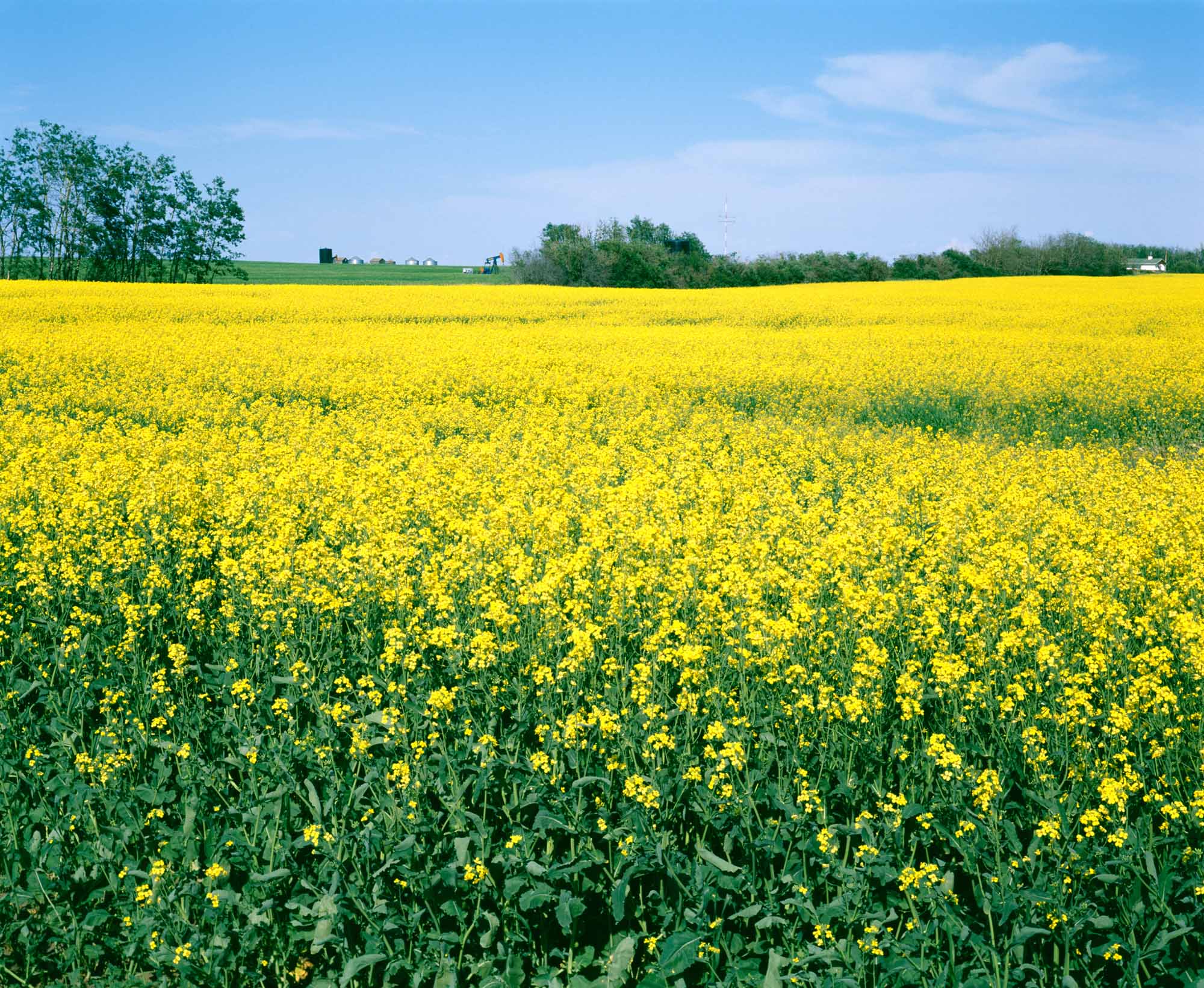Article
Oil and Natural Gas
See BITUMEN; ENERGY POLICY; PETROLEUM; PETROLEUM EXPLORATION AND PRODUCTION; PETROLEUM INDUSTRIES; PETROLEUM SUPPLY AND DEMAND.

Enter your search term
Signing up enhances your TCE experience with the ability to save items to your personal reading list, and access the interactive map.
Create AccountArticle
See BITUMEN; ENERGY POLICY; PETROLEUM; PETROLEUM EXPLORATION AND PRODUCTION; PETROLEUM INDUSTRIES; PETROLEUM SUPPLY AND DEMAND.
"https://d3d0lqu00lnqvz.cloudfront.net/media/media/c2d55ff6-3280-40a5-be50-1876a431e0df.jpg" // resources/views/front/categories/view.blade.phphttps://d3d0lqu00lnqvz.cloudfront.net/media/media/c2d55ff6-3280-40a5-be50-1876a431e0df.jpg

Article
In 1961 the BC Legislature prohibited trade unions from using membership fees paid under a collective agreement checkoff provision for political purposes.
"https://www.thecanadianencyclopedia.ca/images/tce_placeholder.jpg?v=e9dca980c9bdb3aa11e832e7ea94f5d9" // resources/views/front/categories/view.blade.phphttps://www.thecanadianencyclopedia.ca/images/tce_placeholder.jpg?v=e9dca980c9bdb3aa11e832e7ea94f5d9

Article
Oil City, Alberta, is the site of western Canada's first producing oil well, known previously as Original Discovery No 1, located in WATERTON LAKES NATIONAL PARK. Kutenai had used oil from seepage pools along Cameron Creek and early settlers used it to lubricate wagons.
"https://www.thecanadianencyclopedia.ca/images/tce_placeholder.jpg?v=e9dca980c9bdb3aa11e832e7ea94f5d9" // resources/views/front/categories/view.blade.phphttps://www.thecanadianencyclopedia.ca/images/tce_placeholder.jpg?v=e9dca980c9bdb3aa11e832e7ea94f5d9

Article
The Canadian oil sands (or tar sands) are a large area of petroleum extraction from bitumen, located primarily along the Athabasca River with its centre of activity close to Fort McMurray in Alberta, approximately 400 km northeast of the provincial capital, Edmonton. Increased global energy demand, high petroleum dependency and geopolitical conflict in key oil producing regions has driven the exploration of unconventional oil sources since the 1970s which, paired with advances in the field of petroleum engineering, has continued to make bitumen extraction economically profitable at a time of rising oil prices. Oil sands are called “unconventional” oil because the extraction process is more difficult than extracting from liquid (“conventional”) oil reserves, causing higher costs of production and increased environmental concerns.
"https://d3d0lqu00lnqvz.cloudfront.net/media/media/55ab3410-4b51-409d-bdb8-019dbd2c6d20.jpg" // resources/views/front/categories/view.blade.phphttps://d3d0lqu00lnqvz.cloudfront.net/media/media/55ab3410-4b51-409d-bdb8-019dbd2c6d20.jpg

Article
Oilseed Crops are grown primarily for the oil contained in the seeds. The oil content of small grains (eg, wheat) is only 1-2%; that of oilseeds ranges from about 20% for soybeans to over 40% for sunflowers and rapeseed (canola).
"https://d3d0lqu00lnqvz.cloudfront.net/media/media/dc2050ae-b79f-4f42-9cb0-d37a157abffa.jpg" // resources/views/front/categories/view.blade.phphttps://d3d0lqu00lnqvz.cloudfront.net/media/media/dc2050ae-b79f-4f42-9cb0-d37a157abffa.jpg

Macleans
There were 1,811 murders in Los Angeles County in 1994. But for much of the past three years, just two of those killings have rivetted the attention of the American media, the public and legal experts - not to mention the families of the victims.This article was originally published in Maclean's Magazine on February 17, 1997
"https://www.thecanadianencyclopedia.ca/images/tce_placeholder.jpg?v=e9dca980c9bdb3aa11e832e7ea94f5d9" // resources/views/front/categories/view.blade.phphttps://www.thecanadianencyclopedia.ca/images/tce_placeholder.jpg?v=e9dca980c9bdb3aa11e832e7ea94f5d9

Article
The Kanesatake Resistance, also known as the Oka Crisis or the Mohawk Resistance at Kanesatake, was a 78-day standoff (11 July–26 September 1990) between Kanyen'kehà:ka (Mohawk) protesters, Quebec police, the RCMP and the Canadian Army. It took place in the community of Kanesatake, near the Town of Oka, on the north shore of Montreal. Related protests and violence occurred in the Kahnawake reserve, to the south of Montreal. The crisis was sparked by the proposed expansion of a golf course and the development of townhouses on disputed land in Kanesatake that included a Kanyen'kehà:ka burial ground. Tensions were high, particularly after the death of Corporal Marcel Lemay, a Sûreté du Québec police officer. Eventually, the army was called in and the protest ended. The golf course expansion was cancelled, and the land was purchased by the federal government. However, it did not establish the land as a reserve, and there has since been no organized transfer of the land to the Mohawks of Kanesatake. This is the full-length entry about Kanesatake Resistance (Oka Crisis). For a plain-language summary, please see Kanesatake Resistance (Oka Crisis)(Plain-Language Summary).
"https://d3d0lqu00lnqvz.cloudfront.net/media/new_article_images/OkaCrisis/1990_C_35_7 (003).jpg" // resources/views/front/categories/view.blade.phphttps://d3d0lqu00lnqvz.cloudfront.net/media/new_article_images/OkaCrisis/1990_C_35_7 (003).jpg
.jpg)
Macleans
It was just after 3 a.m. last Thursday morning, more than 18 hours after the deadliest terrorist bomb in American history detonated in front of a federal building in downtown Oklahoma City.This article was originally published in Maclean's Magazine on May 1, 1995
"https://www.thecanadianencyclopedia.ca/images/tce_placeholder.jpg?v=e9dca980c9bdb3aa11e832e7ea94f5d9" // resources/views/front/categories/view.blade.phphttps://www.thecanadianencyclopedia.ca/images/tce_placeholder.jpg?v=e9dca980c9bdb3aa11e832e7ea94f5d9

Macleans
There is, first of all, the Worship House - a blue-roofed building that looks as though it could be the dwelling place of forest creatures in a Wagnerian opera.This article was originally published in Maclean's Magazine on April 7, 1997
"https://www.thecanadianencyclopedia.ca/images/tce_placeholder.jpg?v=e9dca980c9bdb3aa11e832e7ea94f5d9" // resources/views/front/categories/view.blade.phphttps://www.thecanadianencyclopedia.ca/images/tce_placeholder.jpg?v=e9dca980c9bdb3aa11e832e7ea94f5d9

Macleans
They cried often, smothering their sobs with their hands, as the prosecutor meticulously detailed how their relatives had died in the horrifying explosion.This article was originally published in Maclean's Magazine on June 9, 1997
"https://www.thecanadianencyclopedia.ca/images/tce_placeholder.jpg?v=e9dca980c9bdb3aa11e832e7ea94f5d9" // resources/views/front/categories/view.blade.phphttps://www.thecanadianencyclopedia.ca/images/tce_placeholder.jpg?v=e9dca980c9bdb3aa11e832e7ea94f5d9

Article
The old-age pension is a government initiative to help Canadians avoid poverty in retirement. It has changed from a strictly anti-poverty measure, that often humiliated the elderly, into an accepted, mainstream aspect of post-work life.
"https://www.thecanadianencyclopedia.ca/images/tce_placeholder.jpg?v=e9dca980c9bdb3aa11e832e7ea94f5d9" // resources/views/front/categories/view.blade.phphttps://www.thecanadianencyclopedia.ca/images/tce_placeholder.jpg?v=e9dca980c9bdb3aa11e832e7ea94f5d9

Article
The vegetation is of the tundra type, with outliers of the boreal spruce forest; willow thickets line the course of the Old Crow River.
"https://d3d0lqu00lnqvz.cloudfront.net/media/media/3372115f-2e5f-492c-a1d9-de73d4668939.jpg" // resources/views/front/categories/view.blade.phphttps://d3d0lqu00lnqvz.cloudfront.net/media/media/3372115f-2e5f-492c-a1d9-de73d4668939.jpg

Article
The Oldman River is a heavily regulated river flowing through the arid, agricultural region of southwestern Alberta. Although population in the region is relatively low — Lethbridge is the largest city — water use is very high, primarily for irrigation to supply numerous farms and ranches with adequate water during the growing season. The Rocky Mountains generate up to 90 per cent of the streamflow; however, the amount of water moving along the river varies from year to year and season to season. Additionally, droughts are common, and numerous dams, weirs, and reservoirs on the Oldman and its tributaries are used to manage the high water demand. The Oldman River is also used for hydroelectricity generation, municipal drinking water and recreational activities including fishing, boating and camping.
"https://d3d0lqu00lnqvz.cloudfront.net/media/new_article_images/OldmanRiver/OldmanRiver.jpg" // resources/views/front/categories/view.blade.phphttps://d3d0lqu00lnqvz.cloudfront.net/media/new_article_images/OldmanRiver/OldmanRiver.jpg

Article
Several decisions of the Supreme Court relate to environmental protection: Dryden Chemicals, Crown Zellerbach and Friends of the Oldman River Society.
"https://www.thecanadianencyclopedia.ca/images/tce_placeholder.jpg?v=e9dca980c9bdb3aa11e832e7ea94f5d9" // resources/views/front/categories/view.blade.phphttps://www.thecanadianencyclopedia.ca/images/tce_placeholder.jpg?v=e9dca980c9bdb3aa11e832e7ea94f5d9

Macleans
This article was originally published in Maclean’s magazine on February 5, 1996. Partner content is not updated. Pass the potato chips. Olestra, a new synthetic food oil with zero calories, is promising to take the fat - and the guilt - out of greasy junk food. "This is something people really want," says Chris Hassall, a senior scientist with Cincinnati-based Procter & Gamble Co.
"https://www.thecanadianencyclopedia.ca/images/tce_placeholder.jpg?v=e9dca980c9bdb3aa11e832e7ea94f5d9" // resources/views/front/categories/view.blade.phphttps://www.thecanadianencyclopedia.ca/images/tce_placeholder.jpg?v=e9dca980c9bdb3aa11e832e7ea94f5d9
